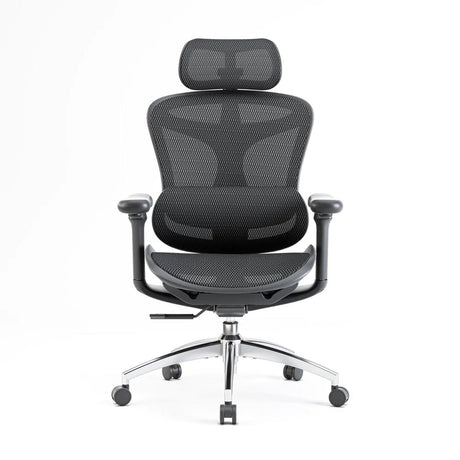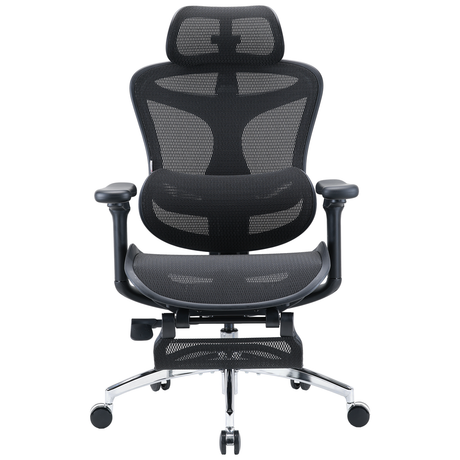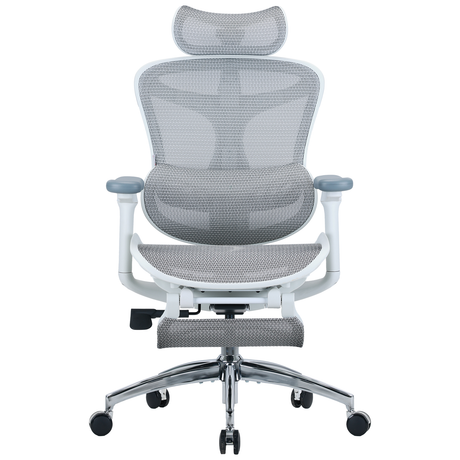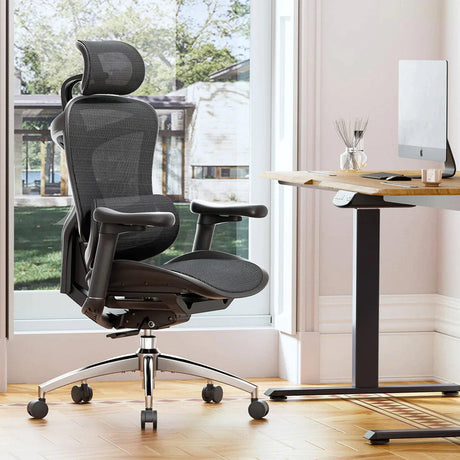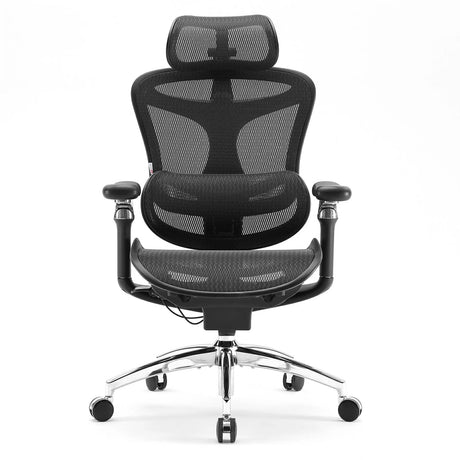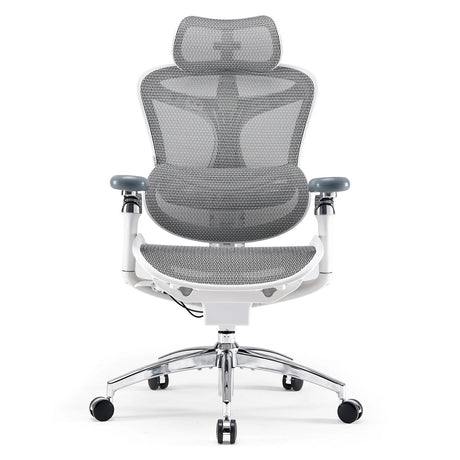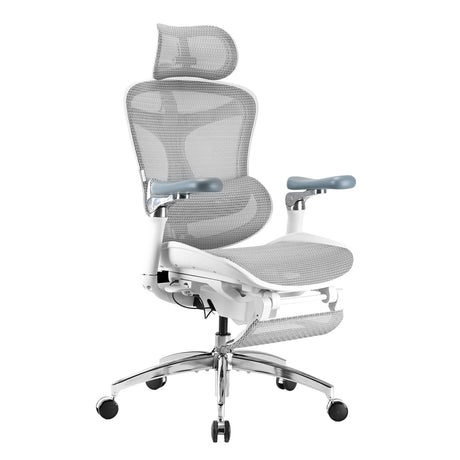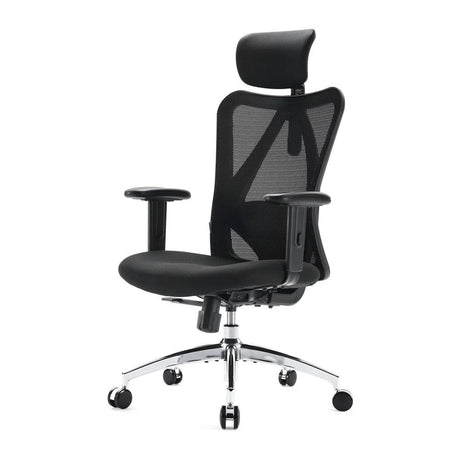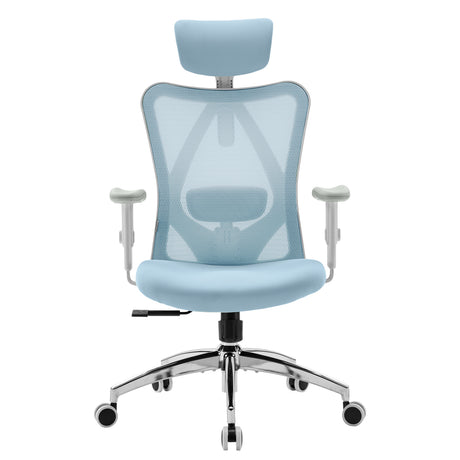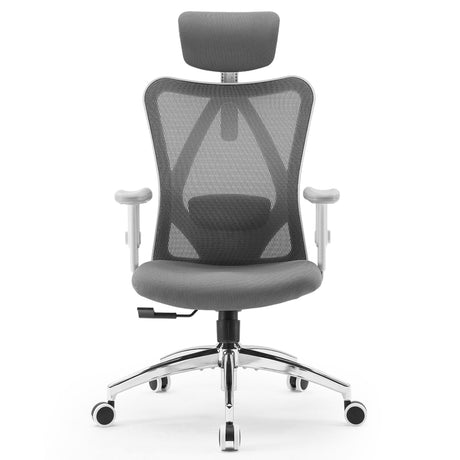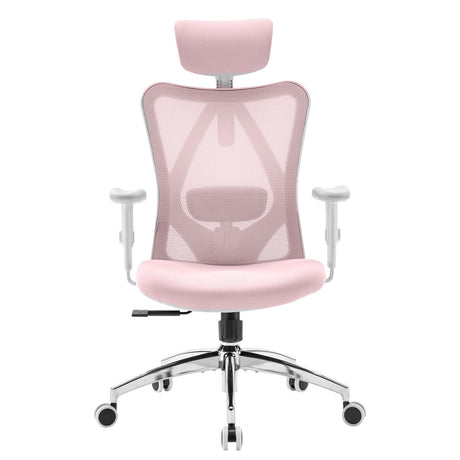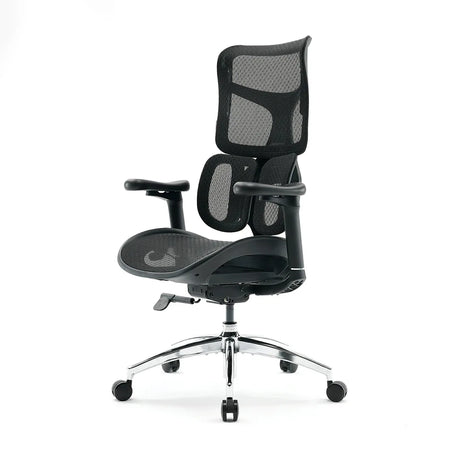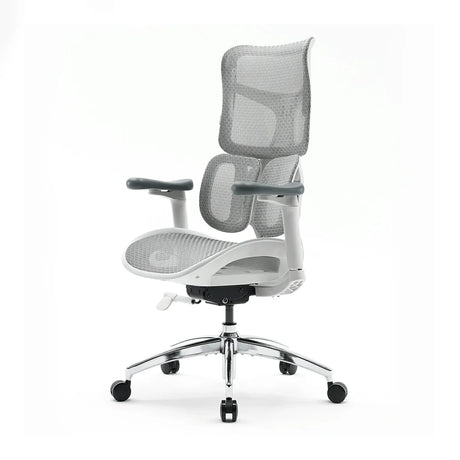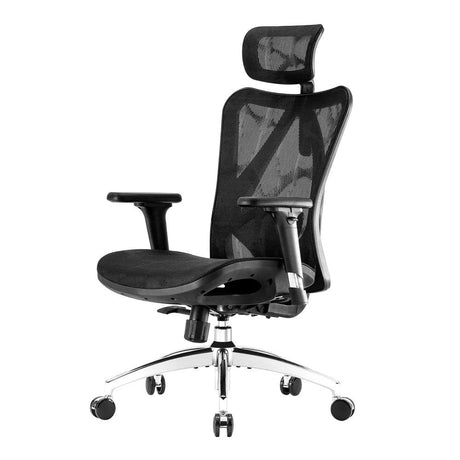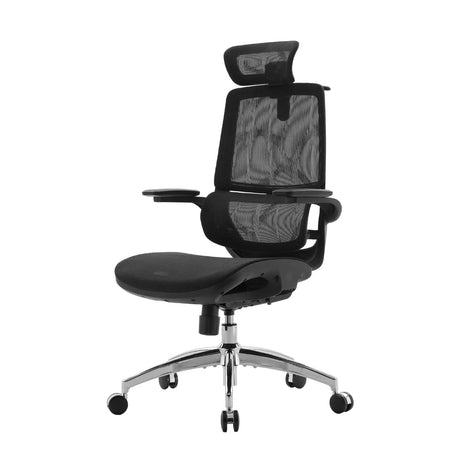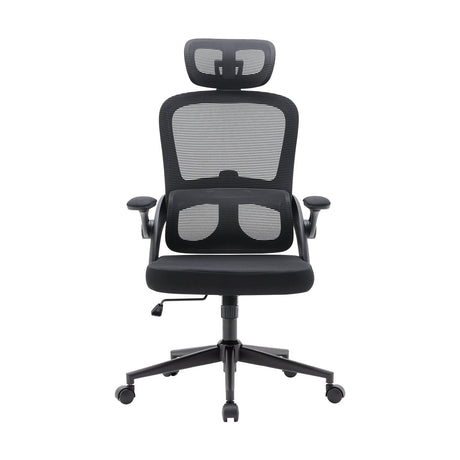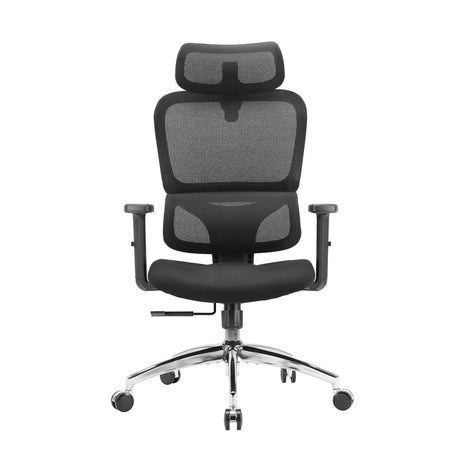Black Friday has become a global retail phenomenon. Every November, shoppers flood online stores and physical malls, hunting for jaw-dropping deals, limited-time promotions, and prices that seem almost too good to be true. From electronics to home goods to ergonomic office chairs, prices are often slashed so aggressively that people often wonder: Why are prices so low on Black Friday? How can retailers afford to cut prices that dramatically, and what makes this shopping event so uniquely powerful?
This comprehensive guide unpacks the retail science, economic strategy, supply chain dynamics, psychological triggers, and marketing motives that make Black Friday the discount-driven mega-event it is today. Whether you're a consumer trying to understand the deals—or a business owner planning strategy—this is your complete breakdown.
1. Understanding Black Friday: From Tradition to Global Sales Engine
While Black Friday began as a post-Thanksgiving shopping day in the United States, its influence has spread across the world. For decades, retailers have used the day to kick off the holiday shopping season, but over time it has evolved from single-day chaos into a month-long promotional season.
Today, it includes:
- Early Black Friday deals
- Black Friday week
- Cyber Monday
- Cyber Week
- Extended holiday promotions
This expansion has created a massive competitive environment, and with many brands fighting for the same customers, pricing becomes one of the biggest leverage points.
2. Core Reason: The Law of Competition and Consumer Expectations
Competition Drives Prices Down
Black Friday isn’t simply a sale—it is a competitive battleground. Hundreds or thousands of retailers target shoppers at the same time. When every business tries to win attention, discounts become the quickest, easiest, and loudest signal.
Consumer Expectations Shape Pricing
Over the years, Black Friday shoppers have been trained to expect deals. This expectation puts pressure on brands who risk losing customers if they choose not to participate. The result? Lower prices across the board.
3. Economies of Scale: How Retailers Use Volume to Offset Discounts
Retailers rarely offer deep discounts unless they benefit upstream. Black Friday is built on volume economics, one of the oldest profit strategies in retail.
Selling More Units at Lower Margins
During Black Friday, stores shift strategy:
- High margin → low margin, high volume
- Focus on total revenue, not per-item profit
By selling millions of units globally, brands win overall—even if each individual item has a smaller margin.
Negotiated Manufacturer Pricing
Brands often pre-plan Black Friday deals months in advance. Manufacturers may lower wholesale costs during the season because they too benefit from higher production volumes.
Inventory turnover boosts financial health
Clearing inventory quickly improves:
- Cash flow
- Storage cost efficiency
- Manufacturing scheduling
This faster turnover means manufacturers can offer lower prices to retailers, who then pass the savings to consumers.
4. Inventory Management: Making Room for New Models
One of the most important reasons prices drop during Black Friday is inventory cycling.
Old Models vs. New Releases
Electronics and consumer goods often follow yearly upgrade cycles. By the time November arrives:
- New models are already released or about to be released.
- Older models lose perceived value.
- Retailers fear being stuck with outdated inventory.
Black Friday becomes the perfect opportunity to liquidate older products before holiday shoppers demand the newest versions.
Warehouse and logistics costs
Every extra week goods sit in warehouses:
- Storage fees increase
- Insurance costs accumulate
- Seasonal inventory gets stale
Clearing stock at lower prices is often more profitable than keeping items for another quarter.
5. Marketing ROI: Black Friday Is a Customer Acquisition Machine
While profits matter, Black Friday’s hidden purpose is often customer acquisition.
Increase brand exposure
With millions of people searching for deals, brands can:
- Collect new customers
- Build email lists
- Grow loyalty programs
- Increase repeat purchase behavior
Retailers are willing to reduce prices to win new customers they can profit from later.
Loss leaders
Some brands use a pricing tactic called a loss leader, where products are sold below cost to attract shoppers who will likely buy additional items.
For example:
- A TV at an extreme discount
- Leads customers to buy cables, warranty packages, or soundbars at full price
The initial loss becomes a long-term gain.
6. Behavioral Economics: Black Friday Is Built on Psychology
Black Friday is not just a retail event—it’s a masterclass in customer psychology.
Scarcity
Phrases like:
- "Limited stock"
- "Only 50 items left"
- "Deal ends tonight"
create urgency and fear of missing out.
Social proof
Crowds, online counters, and sold-out labels signal to other shoppers that they should buy quickly.
Anchoring
Retailers display:
- “Original price”
- “Discounted price”
side by side to amplify the perception of savings—even if the actual discount is modest.
Competition among shoppers
When people feel competing shoppers may “grab it first,” they buy faster—even at merely average discounts.
7. Supplier & Retailer Partnership Deals
Behind the scenes, Black Friday relies heavily on business-to-business negotiations.
Co-funded discounts
Manufacturers often pay part of the discount while retailers pay the rest.
Exclusive Black Friday models
Some electronics are produced specifically for Black Friday—at lower manufacturing costs—allowing massive discounts without harming regular product lines.
Bulk preorders
Retailers buy large quantities months in advance to secure preferable pricing. These pre-commitments allow:
- Lower cost per unit
- Ability to offer bigger discounts
- Stability in supply chain planning
8. Seasonal Timing: Black Friday Aligns With Consumer Spending Cycles
Black Friday happens at a smart time:
Before the holiday gift-buying surge
Shoppers are ready to spend. Retailers know that competition for holiday budgets peaks here.
End-of-year sales targets
Many businesses have annual revenue goals. Black Friday provides a final push.
Marketing budgets reset
Since Black Friday is at the end of Q4 for many companies, they are sometimes willing to spend aggressively to exhaust budgets and show strong results for the year.
9. Online Shopping Has Intensified the Discount War
E-commerce revolutionized Black Friday. Online marketplaces created instant price comparison, pushing retailers to lower prices further.
Amazon Effect
Amazon’s dominance accelerates discount pressure. When Amazon lowers prices, competitors must follow or risk losing visibility and sales.
Flash sales & algorithm-driven pricing
E-commerce platforms can change prices every few minutes, optimizing based on:
- Traffic
- Demand
- Competitor pricing
- Inventory levels
This fluidity allows deeper, more precise discounting.
10. Technological Advancements Reduce Retail Costs
Automation and streamlined supply chain systems have improved efficiency.
Lower cost → deeper discounts
Savings in areas such as:
- Warehousing automation
- Global logistics
- Data analytics
- Automated customer service
- Inventory prediction
are passed on to shoppers in the form of reduced prices during major events.
11. The Myth vs. Reality of “Huge Discounts”
Despite the hype, not all Black Friday deals are as big as they appear.
Some discounts are strategic, not genuine
Some products keep their “original” prices inflated throughout the year, only to “discount” during Black Friday.
Premium products rarely hit extreme lows
High-end brands sometimes offer moderate discounts—but rarely huge ones—because they rely on brand value.
Shoppers focus on headline items
Retailers highlight extreme deals to create buzz, even if only a small percentage of products receive such heavy reductions.
12. Why Some Items Are Discounted More Than Others
Certain categories are historically more discounted due to supply chain structures and pricing models:
Highly discounted categories
- TVs
- Laptops
- Appliances
- Clothing
- Smart home tech
- Home office products
Moderately discounted categories
- Luxury items
- Premium furniture
- Niche electronics
Rarely discounted categories
- Newest-release models
- High-demand trending items
- Premium branded goods
13. The Role of Retail Analytics in Black Friday Pricing
Modern retailers rely on advanced analytics:
Predictive pricing models
Businesses analyze years of data to determine:
- Demand elasticity
- Price sensitivity
- Optimal discount levels
- Inventory flow
Dynamic pricing
Some platforms adjust prices every hour to maintain competitiveness.
Customer segmentation
Different customers may see different prices through personalized promotions.
14. Loyalty Programs & Member-Exclusive Deals
Black Friday is also an opportunity for membership-driven brands.
Why loyalty matters
Long-term relationships are more profitable than one-time purchases. Black Friday accelerates sign-ups through:
- Early access deals
- Members-only pricing
- Exclusive bundles
Retailers trade margin for loyalty
Lower prices convert casual visitors into long-term customers.
15. International Influence: Global Black Friday Adoption Drives Pricing Downward
As more countries adopt Black Friday, global supply chains synchronize discounts.
International pricing competition
Brands must keep prices competitive across regions to avoid cross-border price disparities.
Worldwide marketing strategies
Manufacturers coordinate international campaigns to reduce production and marketing costs, freeing budget for deeper discounts.
16. Consumer Behavior Data Fuels Better Discount Strategies
Retailers mine data throughout the year to understand:
- Which products attract clicks
- What inventory moves slowest
- Which price points convert best
This data enables highly optimized discounting, often creating the appearance of steeper savings than actually exist.
17. Cyber Monday and Online Extensions Drive Prices Further Down
With Black Friday no longer limited to in-store purchases, brands can offer:
- Flash deals
- Coupon stacking
- App-exclusive discounts
- Bundle specials
The competition intensifies when multiple deal formats overlap.
18. Risk Management: Why Lower Prices Sometimes Reduce Financial Risk
Discounting is often less risky than holding inventory.
Reasons lower prices reduce risk
- Excess stock may spoil, become outdated, or depreciate
- Market demand may shift
- New models make old stock obsolete
- Holding stock too long ties up capital
Thus, discounting becomes a risk management tool.
19. Pricing Psychology: Why Consumers Perceive Black Friday Deals as “Huge”
Black Friday’s power isn’t just actual savings—it’s perceived value.
Anchoring
Showing a higher “before” price makes the deal look bigger.
Contrast effect
Deep discounts next to moderate ones elevate the perceived value of all promotions.
Time pressure
Limited-time sales make shoppers believe discounts are rare—whether or not that's true.
20. Retailer Benefits Beyond Immediate Profit
Even when discounts are steep, retailers still gain value:
Brand awareness
Long-term customer loyalty
Higher market share
Better annual performance data
Many companies view Black Friday as a long-term investment, not a quick profit opportunity.
21. Supply Chain Cycles and Global Manufacturing
Black Friday fits perfectly into the annual production cycle for many industries.
Factories ramp production earlier in the year
Shipping peaks in late summer and fall
Retailers receive stock well before November
Because supply is so high, prices naturally drop during Black Friday to maintain turnover.
22. Why Online Retail Enables Bigger Black Friday Discounts
Physical stores have higher overhead costs:
- Rent
- Utilities
- Staffing
- Fixtures
Online retailers can afford deeper discounts because their margins are often better.
23. How Retailers Plan Black Friday Discounts Months in Advance
Black Friday is not spontaneous; it’s meticulously planned.
Retailers start as early as January:
- Analyzing last year’s data
- Forecasting demand
- Negotiating with suppliers
- Creating inventory strategies
- Coordinating marketing campaigns
- Allocating promotional budgets
By November, discounting is not a rush decision—it is a programmed strategy.
24. The Black Friday Value Proposition: Win-Win for Retailers & Consumers
Consumers win by getting lower prices.
Retailers win through:
- High volume sales
- Inventory clearing
- Brand loyalty
- Greater market visibility
This mutual benefit is why the tradition remains powerful.
FAQ: Why Are Prices So Low on Black Friday?
1. Are Black Friday deals actually real?
Yes—many discounts are legitimate, especially for older models and high-inventory products. However, some discounts rely on inflated original prices.
2. Do retailers lose money on Black Friday?
Not usually. Even if some items are sold at a loss, retailers make profit through volume, upselling, and long-term customer value.
3. Why do electronics get the biggest discounts?
Electronics manufacturers operate on high-volume models and release new versions annually, making older models cheaper to clear.
4. Is Black Friday the best time to buy everything?
It’s one of the best times for gadgets, small appliances, mattresses, and office chair black friday. But new-release premium items often don’t see huge discounts.
5. Do online stores offer better deals than physical stores?
Often yes, due to lower overhead and dynamic pricing technology.
6. How do retailers prepare for Black Friday?
Through months of planning, negotiations with suppliers, and strategic inventory forecasting.
7. Why do some deals sell out so fast?
Retailers intentionally limit stock to create urgency and avoid financial risk.
8. Why is Black Friday expanding into November?
Competition and consumer demand have pushed brands to offer deals earlier to secure more of the holiday budget.
Final Thoughts
Black Friday prices are low not because retailers magically slash prices out of generosity—but because the sales event is the culmination of months of planning, competitive pressure, data analytics, inventory management, and psychological strategy. It is a sophisticated retail machine that aligns perfectly with consumer demand and global supply chain cycles.
Understanding the mechanics behind Black Friday can help shoppers make smarter decisions and businesses create more effective promotional strategies.


